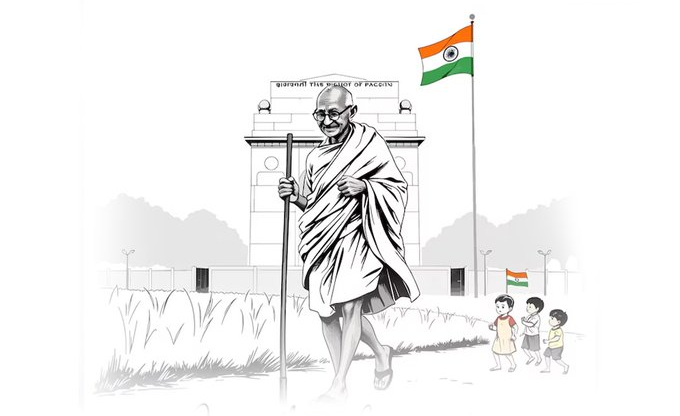Bomb threats have continued to plague the Indian aviation sector, with 24 flights across various airlines facing major disruptions on Sunday. This alarming wave of threats targeted some of the biggest names in the industry, including IndiGo, Vistara, Air India, and Akasa Air, causing heightened security measures and anxiety for both domestic and international passengers. The impacted flights operated on prominent routes, spreading concerns across the skies as authorities scrambled to ensure passenger safety.
The affected flights spanned multiple destinations, with bomb threats reported on IndiGo flights from Jeddah to Mumbai, Kozhikode to Dammam, Delhi to Istanbul, Mumbai to Istanbul, Pune to Jodhpur, and Goa to Ahmedabad. Meanwhile, Vistara faced security alerts on routes such as Delhi to Frankfurt, Singapore to Mumbai, Bali to Delhi, and Mumbai to Singapore. While the alerts created widespread panic, immediate action was taken to protect passengers.
Immediate Response from Airlines and Authorities
IndiGo and Vistara were quick to inform the relevant authorities about the threats, emphasizing their unwavering commitment to safety. In an official statement, IndiGo asserted, “The safety and security of our passengers and crew is our highest priority, and we are working closely with the relevant authorities, taking all necessary precautions as per the guidelines.” Akasa Air echoed this sentiment, stating that their captains and crew members had implemented emergency procedures and coordinated with local authorities to follow safety protocols.
Following the alerts, thorough inspections were carried out on all affected aircraft, ensuring that they were cleared for resumption of operations. Despite the significant disruption caused by these incidents, no explosive devices were found, and most threats were eventually declared hoaxes.
A Surge in Bomb Threats: Addressing the Fear
Over the past week, the Indian aviation sector has reported over 90 bomb threats, with the majority turning out to be false alarms. Nevertheless, these incidents have raised serious concerns about security in the skies, prompting the Centre and civil aviation authorities to take decisive action.
In light of the escalating threats, the Bureau of Civil Aviation Security (BCAS) convened a meeting with airline representatives to address the issue. BCAS Director General Zulfiquar Hasan reassured travelers, stating, “Indian skies are absolutely safe. The current protocol is robust and is being strictly followed. We reassure passengers that they should fly without any fear.”
Joint Secretary of the Ministry of Civil Aviation, Asangba Chuba, confirmed that the aviation regulator is treating the matter with utmost seriousness. “This is something which is being looked into very seriously, and we are working towards finding solid solutions,” he stated, reinforcing the government’s commitment to maintaining safety standards.
The Bigger Picture: Bolstering Security in Indian Aviation
The recurring wave of bomb threats has highlighted the need for continuous vigilance and improvements in aviation security. While the swift responses from airlines and authorities have averted any serious incidents, the psychological impact on passengers and the operational disruptions cannot be ignored. As airlines continue to prioritize safety, robust collaboration with law enforcement and regular security updates will be crucial to ensuring that the aviation sector remains resilient in the face of these challenges.
In the meantime, authorities have issued strict warnings to deter potential offenders, vowing severe legal consequences for those responsible for making false threats. As Indian skies remain under the watchful eye of the aviation community, travelers are urged to stay calm and confident in the safety protocols that are diligently enforced.


















